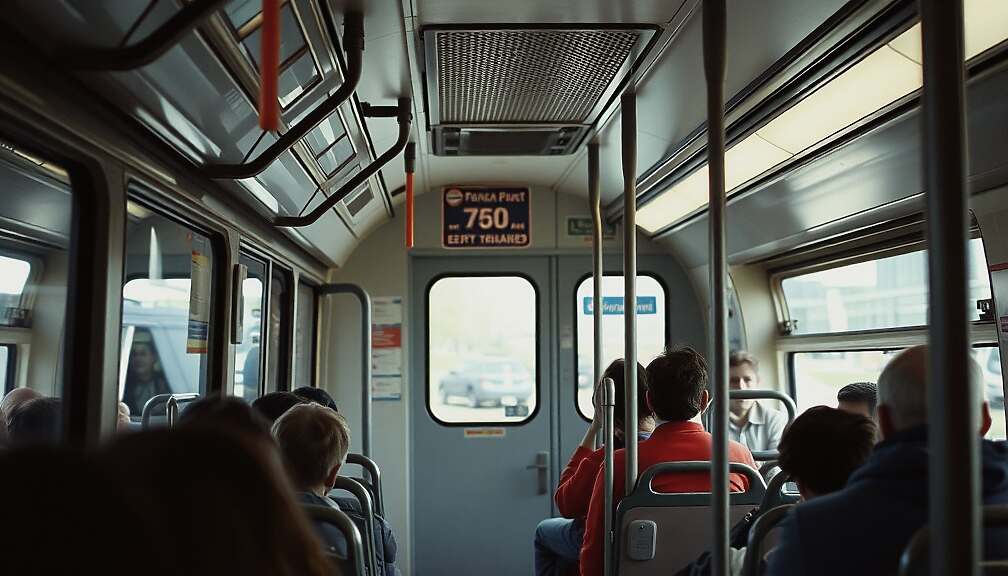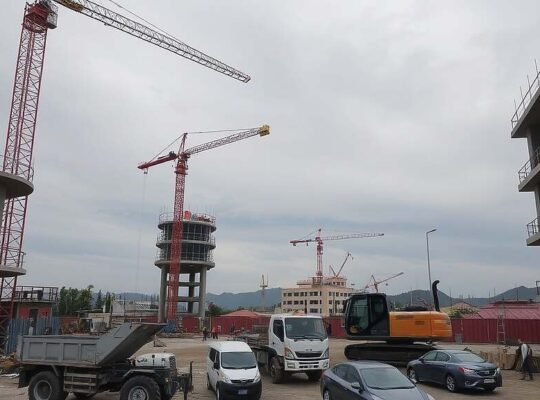Preliminary data released this week by the German Federal Statistical Office (Destatis) reveal a complex and potentially concerning picture of public transportation usage in 2024. While passenger numbers across bus and rail networks marginally declined by approximately two percent compared to the pre-pandemic benchmark of 2019, a significant increase in total passenger kilometers travelled – a measure of overall transport performance – suggests a shift in travel patterns with potentially troubling implications for regional connectivity and infrastructure planning.
Despite the overall decrease in ridership, the total passenger kilometers performed rose by seven percent, indicative of individuals undertaking longer journeys. This disconnect highlights a crucial point: while fewer people are using public transport, those who do are traveling further on average. The rise in passenger kilometers is particularly pronounced in regional rail networks, showing a twelve percent increase over 2019, with average trip lengths extending by three kilometers. Similarly, bus travel saw a four percent rise in passenger kilometers, accompanied by a five percent increase in average trip distance. This underscores a possible trend toward commuters and travelers prioritizing longer-distance journeys, potentially due to factors like increased suburban sprawl or changes in employment centers.
However, the downturn in tram usage, experiencing a five percent drop in ridership and a stagnation of average trip lengths, raises questions about the viability of tram systems in urban areas. The strongest decline, however, was observed in tram transport, with a 3.9 billion passenger count – a five percent reduction from pre-pandemic levels. This warrants a more focused assessment of urban accessibility and the role of trams in maintaining local connectivity, especially given ongoing discussions around urban development and sustainable mobility solutions.
The data also coincides with the lingering effects of the highly subsidized 9-Euro ticket (summer 2022) and, more significantly, the Germany Ticket introduced in May 2023. While these initiatives undoubtedly stimulated ridership initially, the subsequent stagnation and the recent slowdown in growth starting in the first half of 2024 cast a shadow on their long-term impact and necessitate a critical evaluation of their effectiveness in attracting consistent ridership beyond short-term incentives.
Destatis attributes some of the observed changes to evolving work patterns, including the increased adoption of remote work and shifts in the distance between residences and workplaces. However, this explanation feels incomplete. The diverging trends – fewer passengers overall but longer distances travelled – signal a potential crisis in the public transport system, particularly in addressing the needs of communities outside major urban centers. Future policy initiatives must address whether the current infrastructure adequately supports evolving travel patterns and ensures equitable access to transport options for all citizens, rather than relying on temporary price subsidies to mask underlying systemic issues. The upcoming months and the anticipated slowdown in growth will prove critical in determining the long-term sustainability of Germany’s public transport networks.












